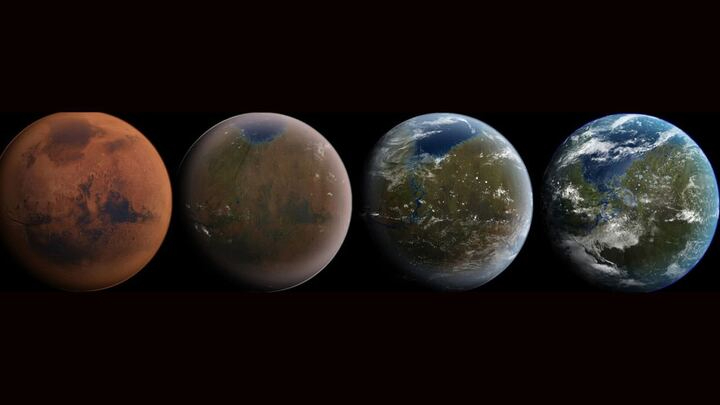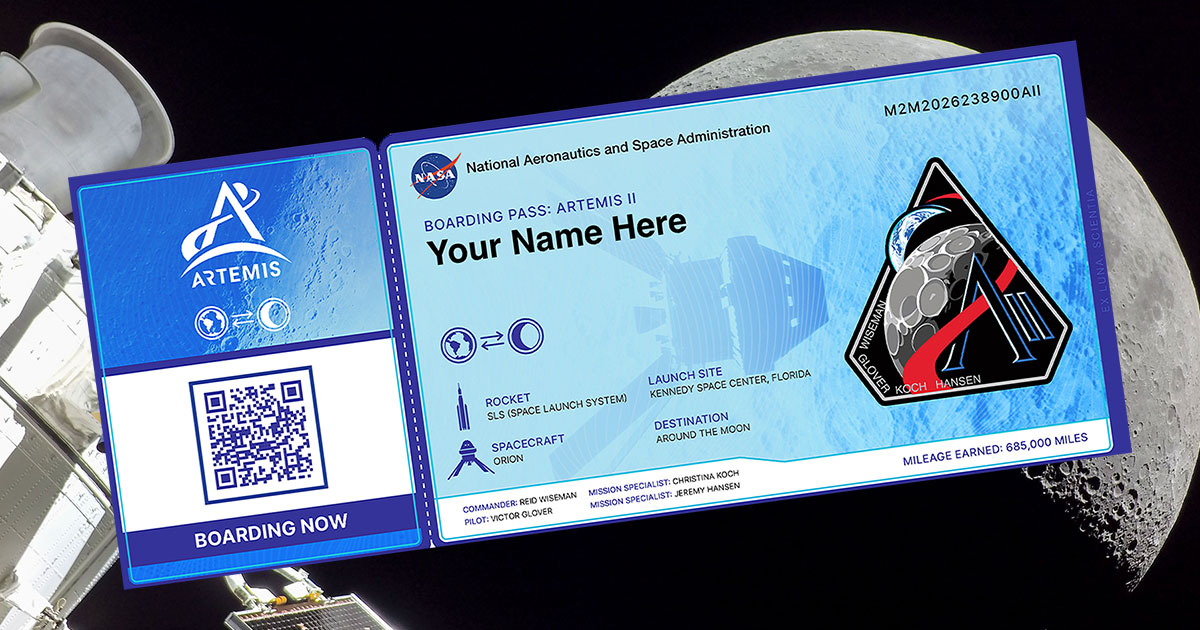The Case for Terraforming Mars: A New Era of Possibilities

Imagine a future where Mars, the fourth planet from the Sun, is no longer a barren wasteland but a vibrant world teeming with life. Recent studies suggest that the dream of terraforming Mars—a process that would transform its hostile environment into one capable of supporting human life—might not be as far-fetched as it once seemed. This groundbreaking research was led by Erika DeBenedictis, CEO of Pioneer Labs, who emphasizes the technological advancements that have paved the way for such an endeavor.
“Thirty years ago, terraforming Mars wasn't just hard—it was impossible,” DeBenedictis stated. “But with breakthroughs in technology, specifically with innovations like SpaceX's Starship and advancements in synthetic biology, the idea has shifted from merely a fantasy to a tangible possibility.”
The newly published paper delves into the intricate ethical dilemmas surrounding the terraforming process, while also providing a roadmap for potential strategies moving forward. DeBenedictis and her co-authors advocate that the act of creating life-sustaining environments on Mars could represent humanity’s first significant step toward becoming responsible stewards of other planets that ultimately leads to a positive environmental impact.
Why should we consider terraforming Mars? Edwin Kite, an associate professor at the University of Chicago and co-author of the study, succinctly articulated the reasoning: “Living planets are better than dead ones.” With data sourced from missions by Mars rovers confirming that Mars was once habitable, Kite argues that reviving the Martian landscape could become the ultimate challenge of ecological restoration.
The vision for a terraformed Mars may be a long-term goal, potentially spanning centuries or even millennia. However, the ultimate aim is to create an environment where stable liquid water, breathable oxygen, and thriving ecosystems exist. In the near term, scientists may initially focus on introducing microbial life, while the distant future could see human settlements existing on the planet.
This ambition extends beyond mere colonization. As Kite explains, establishing bases on Mars would serve as crucial waypoints for further galactic exploration. “As we venture deeper into space, establishing a base camp on the scale of a habitable planet becomes essential,” he notes.
From the perspective of Robin Wordsworth, a professor of environmental and planetary science at Harvard, the arguments for terraforming Mars transcend human colonization to encompass the broader propagation of life. Wordsworth articulated, “I see humanity as part of the biosphere, not separate from it. Life is precious—we know of nowhere else in the universe where it exists—and we have a duty to conserve it on Earth but also to consider how we could begin to propagate it to other worlds.”
Interestingly, advocates of terraforming also believe that lessons learned on Mars could be pivotal in addressing climate change and sustainability issues here on Earth. Planetary scientist Nina Lanza from Los Alamos National Laboratory emphasizes, “If we want to learn how to modify our environment here on Earth to suit us and other life forms, perhaps we should experiment on Mars first, asking, ‘Does this work?’” She stresses the importance of exercising caution when it comes to our home planet, asserting that Earth is the only place we currently have to inhabit.
Furthermore, the technological innovations developed for terraforming Mars might also facilitate green technology advancements back on Earth. DeBenedictis noted, “Developing green technology on Earth often faces challenges as it competes against established, polluting alternatives. Mars, with its absence of oil and existing infrastructure, presents a unique opportunity to develop sustainable technologies.”
However, not everyone is convinced about the ethical implications of terraforming. There are concerns that the concept warrants a rigorous evaluation before being implemented. As Lanza pointed out, “If we decide to terraform Mars, we will fundamentally alter it in ways that may not be reversible.” She voiced the importance of preserving Mars’s unique history and potential evidence of ancient life, cautioning against the irreversible changes terraforming could enact on the Martian surface and subsurface.
As it stands, terraforming Mars would require profound alterations including warming the planet sufficiently to sustain both oxygen-producing microbes and liquid water. While the full suite of necessary technologies is not yet available, the paper outlines three proposed phases of development. The first phase involves employing abiotic climate engineering techniques to raise the Martian surface temperature by at least 30 degrees Celsius (or 86 degrees Fahrenheit). This initial warming would melt subsurface ice, releasing trapped carbon dioxide in the process and thickening Mars's atmosphere enough to support liquid water.
The second phase would introduce extremophile microorganisms—specifically, anaerobic and possibly genetically engineered species—capable of surviving in Mars's inhospitable climate. These organisms would play a key role in producing oxygen and organic matter, setting the stage for ecological succession.
The third and final phase, which is likely to take the longest, would focus on developing a complex biosphere. The aim would be to increase atmospheric pressure and oxygen levels to eventually support more advanced plant life, and ideally, allow humans to breathe without assistance.
Looking ahead, the authors of the study agree that a multi-faceted approach is essential for making Mars habitable. A thorough understanding of the costs and benefits associated with terraforming can only arise from integrating insights across diverse fields, including physics, chemistry, materials science, and biology.
Currently, Mars exploration continues to be critical. Lanza advocates for the Mars Sample Return mission—a collaborative effort between NASA and the European Space Agency aimed at bringing back material collected by the Perseverance rover. “The samples are incredibly well documented and analyzed on Mars. Now we need to bring them back to answer fundamental questions about the planet’s composition and whether traces of life exist,” she insisted.
As we endeavor to unlock the secrets of Mars, the possibility of terraforming remains a tantalizing prospect. Upcoming missions to the Martian surface in 2028 and 2031 should include small-scale experiments to test terraforming strategies, such as warming localized areas. Ultimately, continued innovation is essential for realizing the dream of making Mars habitable.
In conclusion, while the full realization of a terraformed Mars may still be generations away, the discussions and decisions surrounding this monumental task begin now. As Lanza aptly stated, “This is how we transition from imaginative concepts to a reality that could profoundly transform our world. We should continue pursuing scientific advancements—it’s transformational.”





























